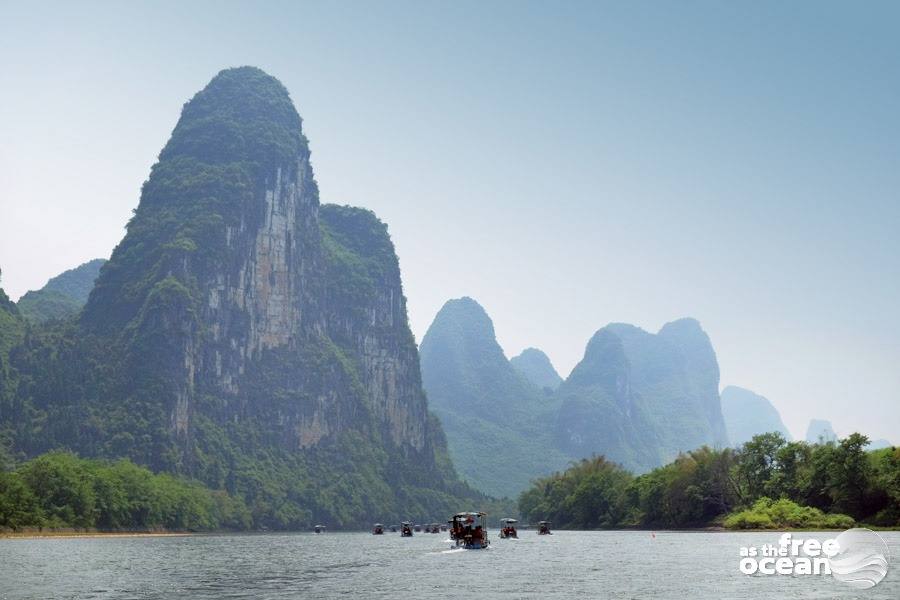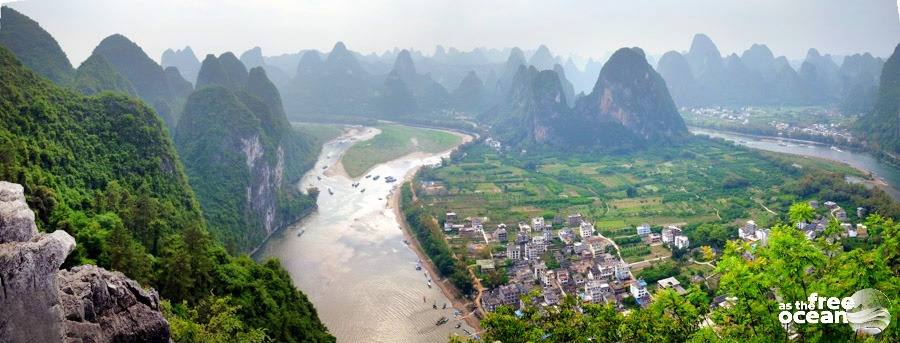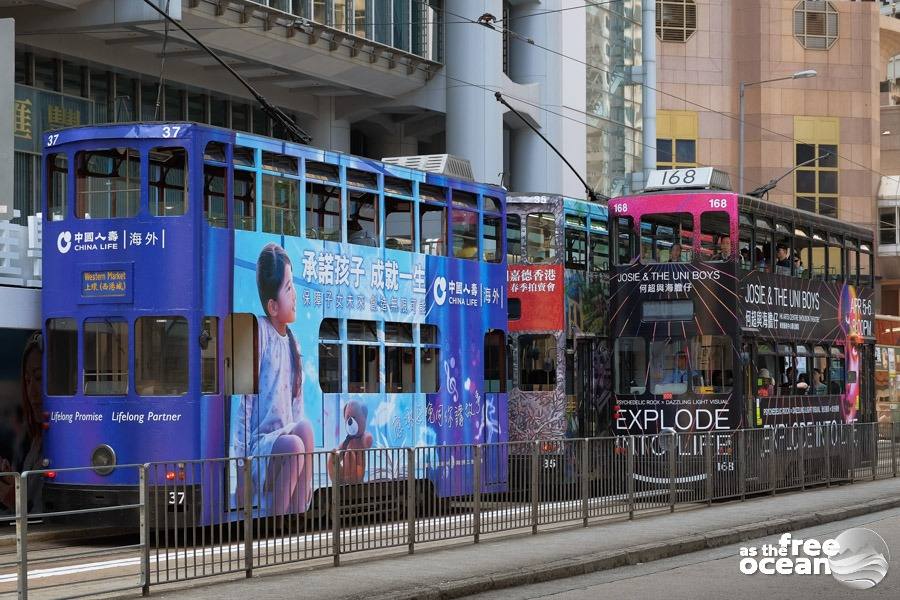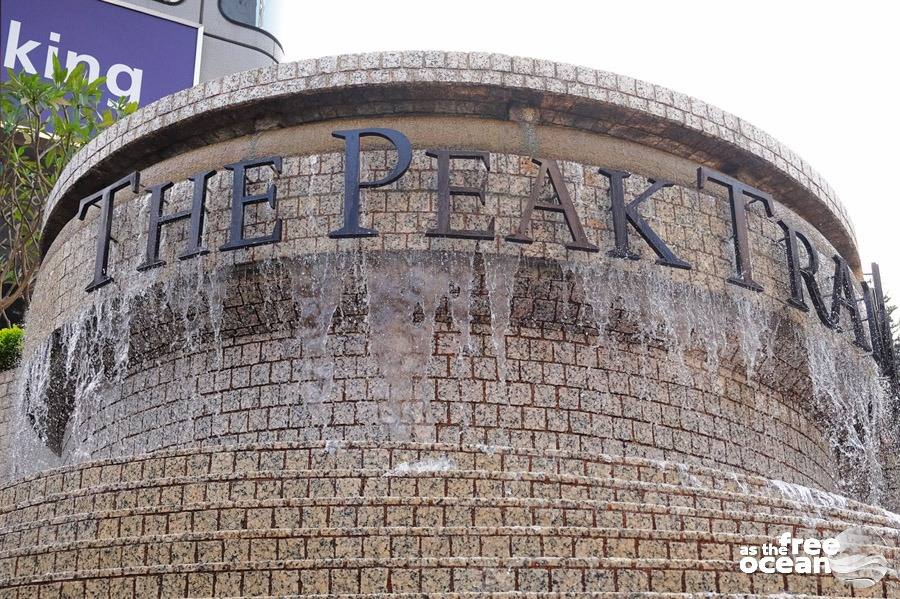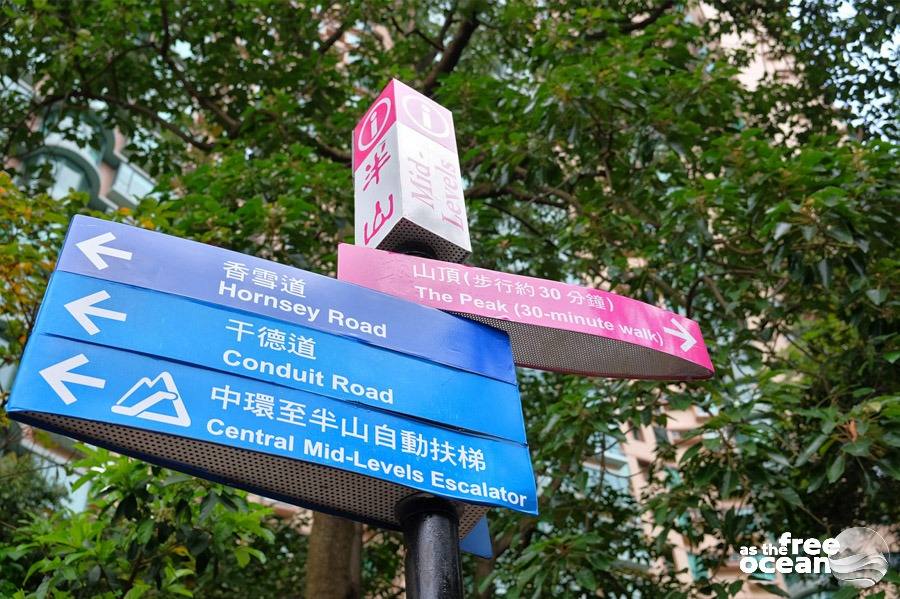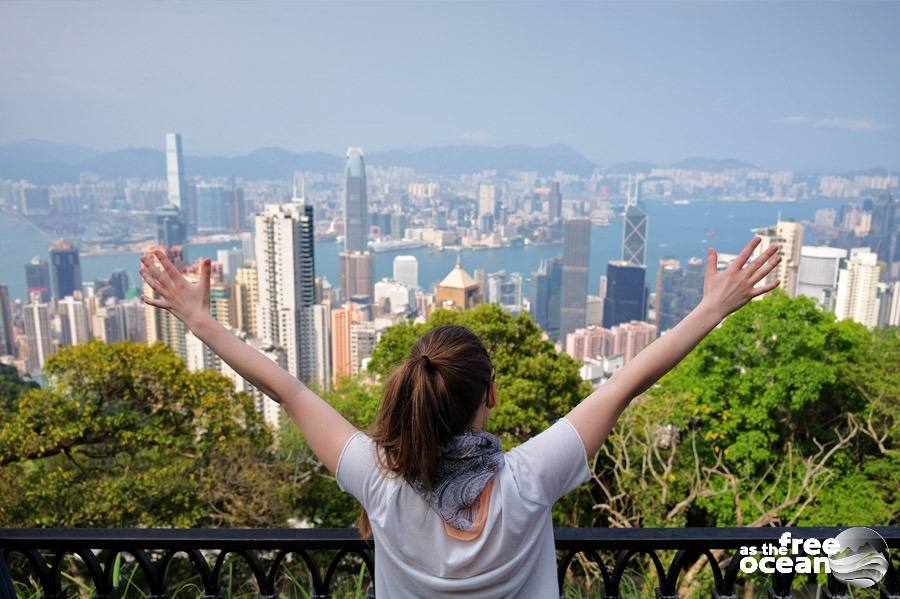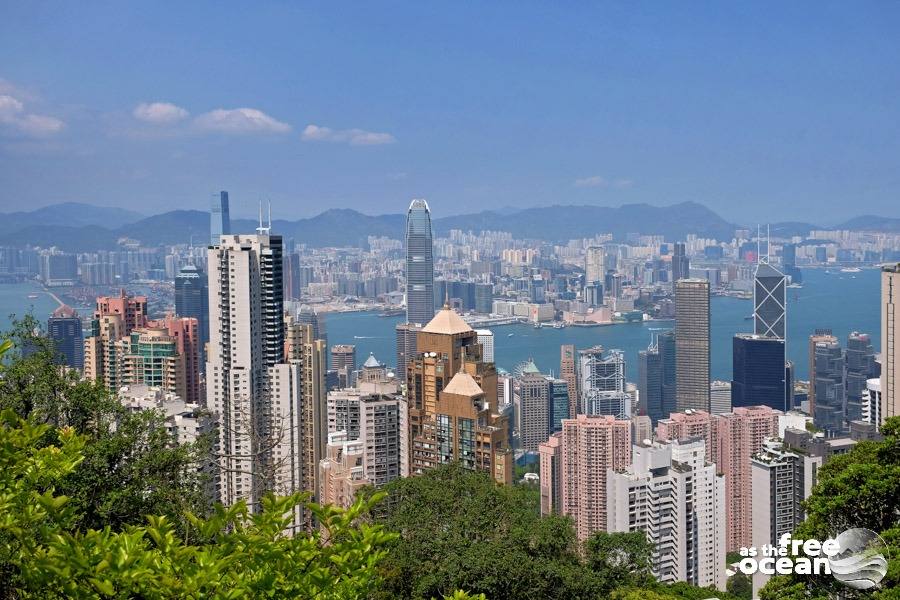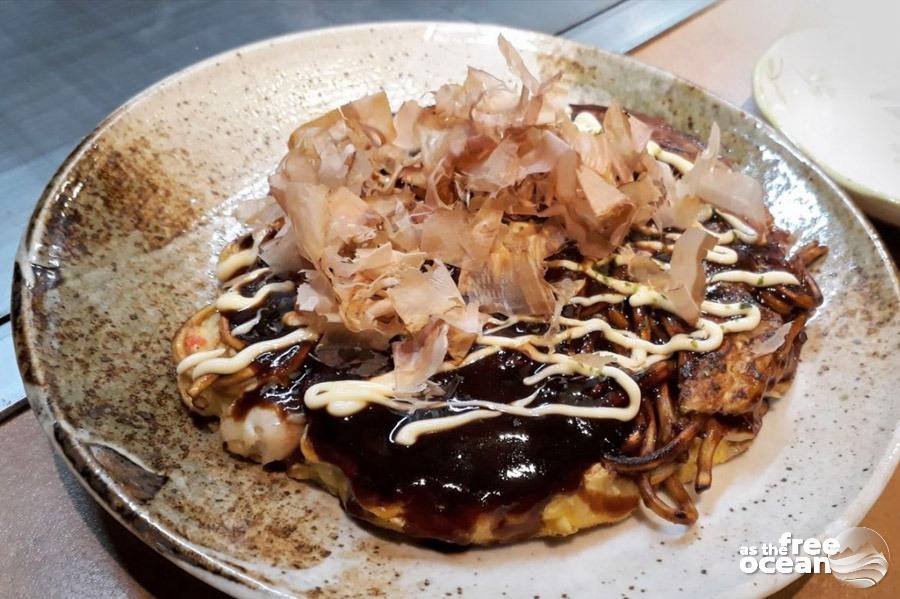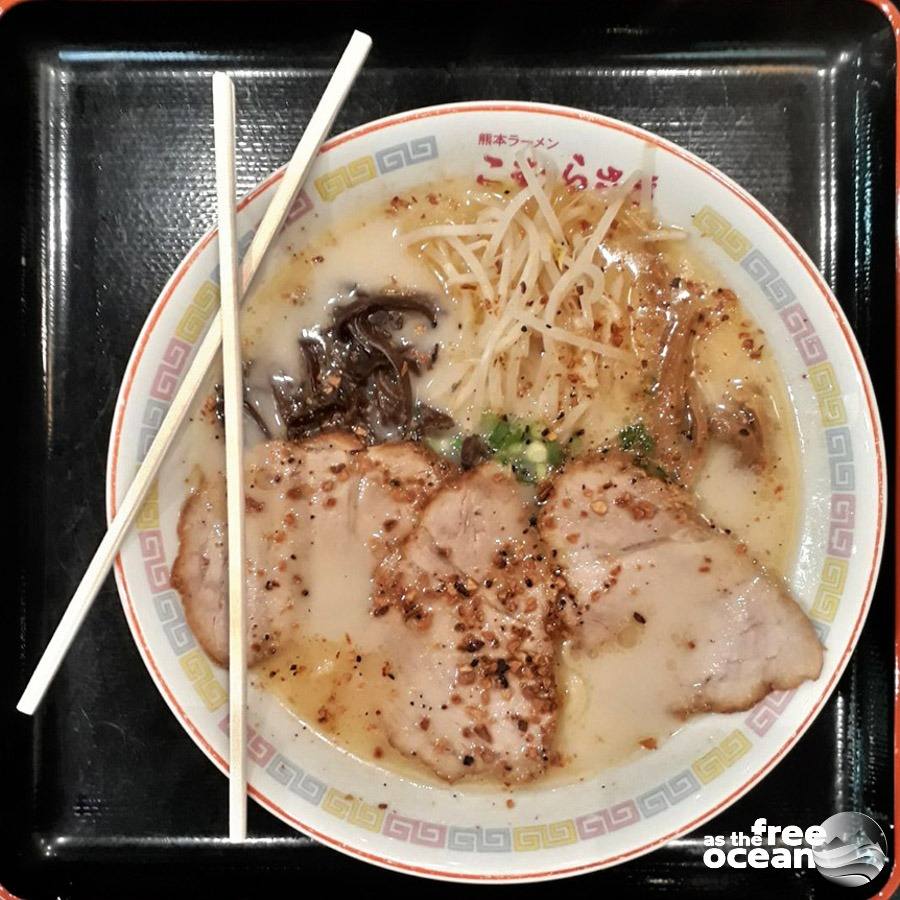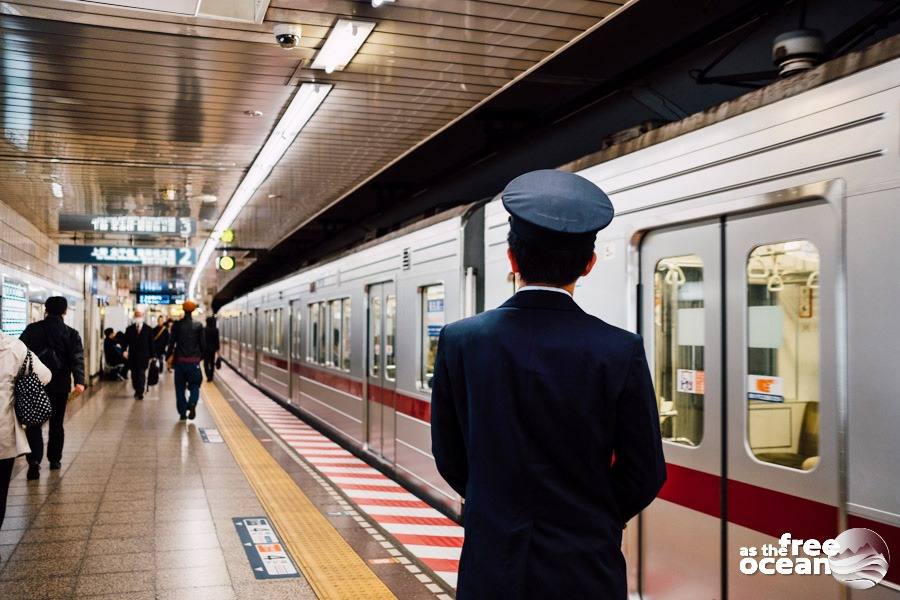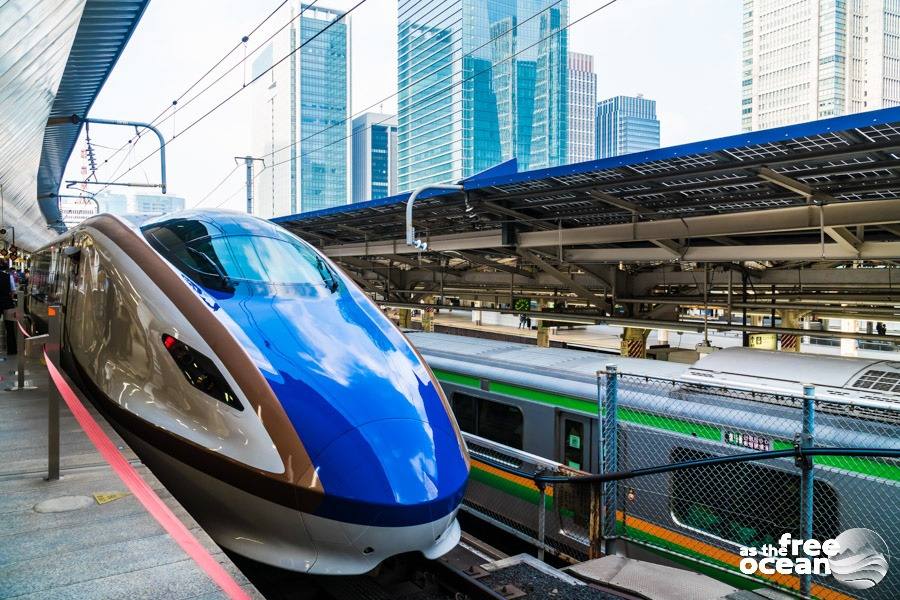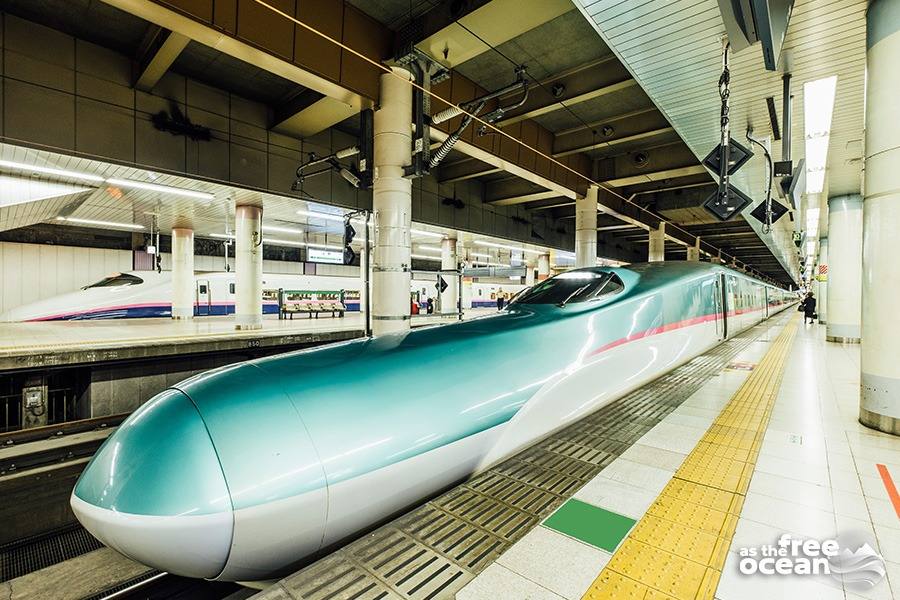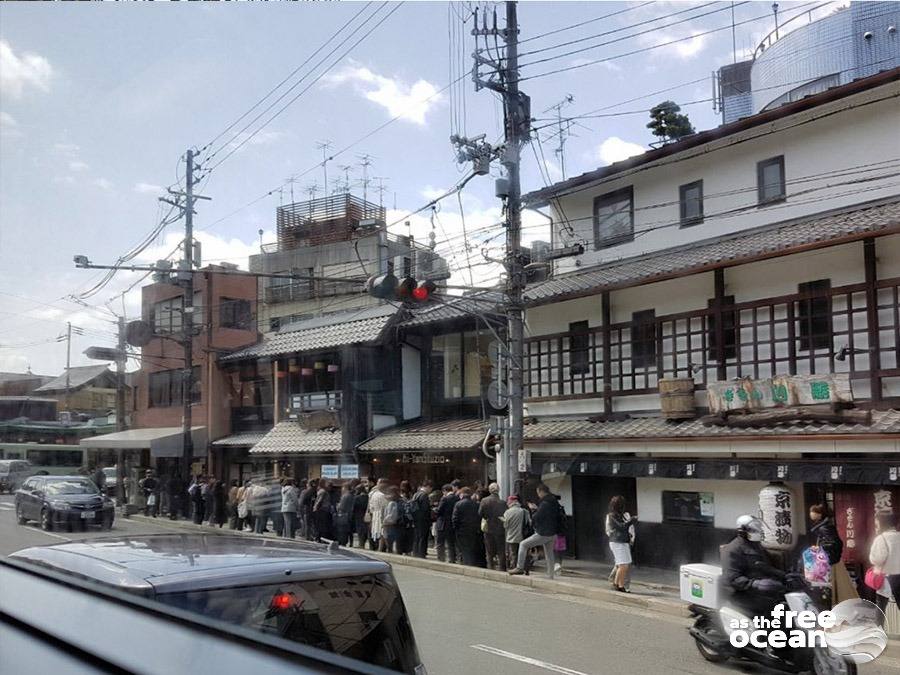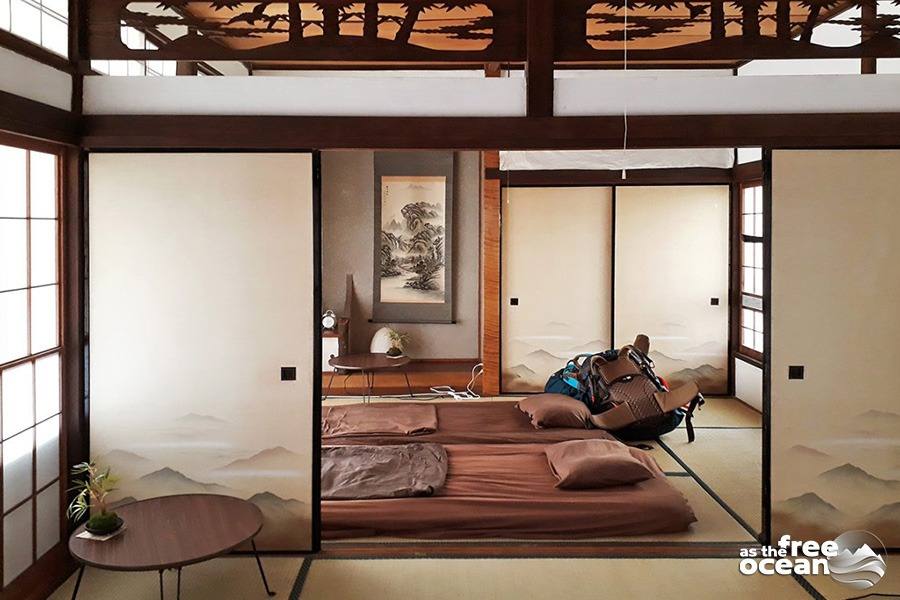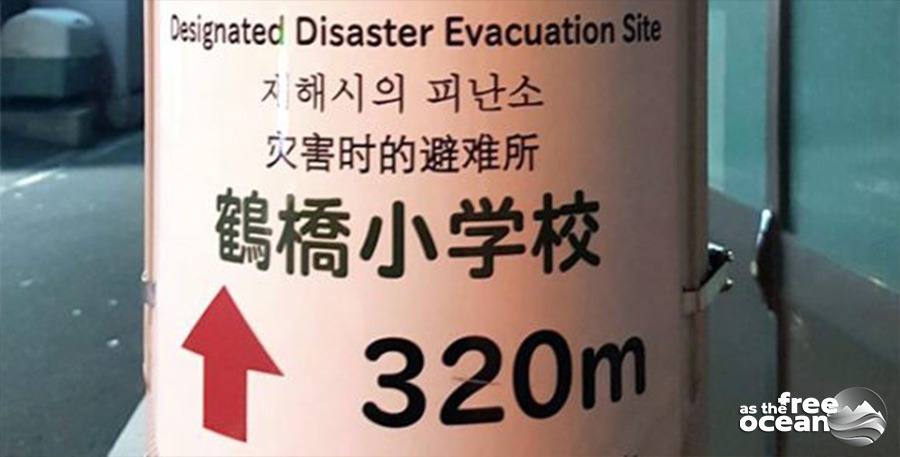After a whole month in Japan, arriving in Hong Kong felt like a big change. Suddenly we knew that we will miss the Nippon lifestyle, the beautiful and quiet places and the extraordinary people.
We prefer being closer to nature but we also enjoy getting lost on the streets of the big cities sometimes. Hong Kong just happens to be more than a big city. It is the fourth-most densely populated region in the world, with skyscrapers popping out from everywhere and large masses of tourists that move continuously, making this place feel more alive and also more crowded than any of the other ones we’ve already visited.
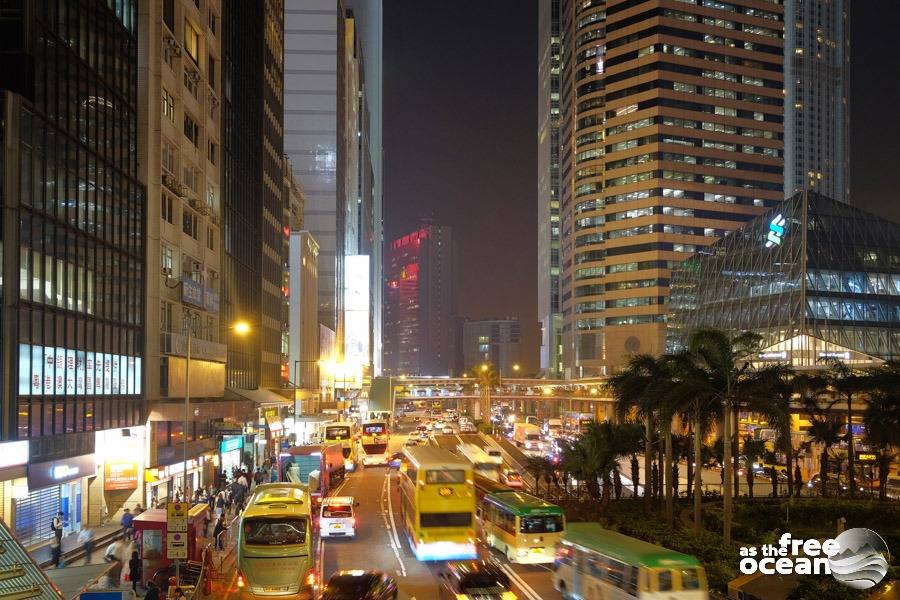
We landed on the Hong Kong International Airport late in the afternoon with a well-organized plan to make the best out of our 6 days stay in the city. Our priority was to finish with the formalities necessary for obtaining the Chinese Visa so that we could cross the border at the beginning of the following month. The best practice is to apply for the visa at the embassy in your home country, but since our plan has been to visit the Russian Federation and Japan in the first months of our travels, it just felt like a good idea to apply for the Chinese visa in Hong Kong. There are several agencies that will get the job done for you, two of them having an office at the airport, which makes the process easy right after your arrival. It just happened to be less easy for us.
Visa for China in Hong Kong
We did our homework before the arrival and read all the available information on how to obtain the visa. We were sure that everything was ok, so we headed confidently to the Chinese Travel Service’s office in Terminal 1. After a very short inspection of our passports, we were told that the visa cannot be obtained, due to one of the passports being “too new” (released on October 2016, so less than two years earlier). The Chinese authorities require a complete list of all the countries that applicants for the visa have visited prior to their arrival in China. For this reason, passports released after the year 2015 will not be accepted if not presented together with old passports, containing data about previous travel destinations.
Our enthusiasm turned into despair during the one minute of silence that followed after this shocking news. The straight and unfriendly face of the person in front of us made us feel hopeless as we asked if anything else could be done. Without saying any other word he just pointed at another desk 3 meters away from us, marked with the name “Aloha Travels”. We went there with the same request and were happy to get a different answer. It was obviously a special situation… that required a special price (of course). We found out that a group visa could be arranged, that would get us across the border into China. Another good thing about it is that it could be obtained in less than 24 hours, which for us it was not needed as we were planning to stay longer in Hong Kong anyway.
Unhappy for seeing our budget suffering so much but pleased that we could find a solution to our unexpected problem, we took the express train to the city. A tiny room has been our accommodation for the five nights that we spent in the city. It was less than what we got in other places for the same price, but property in one of the most expensive city on the planet isn’t cheap, and budget travelers get budget rooms. We weren’t planning to spend too much time inside anyway and the location of the hostel offered us easy access to all the places that we wanted to see.
Hong Kong – a unique world
The Special Administrative Region of China, Hong Kong, is made up of four parts: Hong Kong Island, Kowloon Peninsula, the New Territories and the Outlying Islands, all being home to approximately seven million people, mostly Cantonese speaking Chinese. Most of them speak also English, which leaves little space to language barriers and making the former British colony one of the hottest travel destinations in Asia. As communicating didn’t feel like a difficult task, we had a hard time understanding why the people here, with a few exceptions, don’t smile or don’t respond to a “good morning” or a “thank you”. Probably in such a big city, the busyness of everyday life doesn’t leave much space for politeness.
We experienced good weather during our stay, which gave us the chance to forget about our bulky clothes and to finally enjoy wearing shorts. We spent our first morning exploring the Avenue of Stars. At the entrance several statues greeted us, representing movie setups with lights, chairs and video cameras, where tourists can take pictures, and a replica of the statuette given to winners at the Hong Kong Film Awards. Along the promenade we got acquainted with the cinematic history of the city, told by many plaques containing the names, and (some of them) handprints and autographs of honored celebrities. Special attention is given to the well-known star Bruce Lee, who has his own statue.
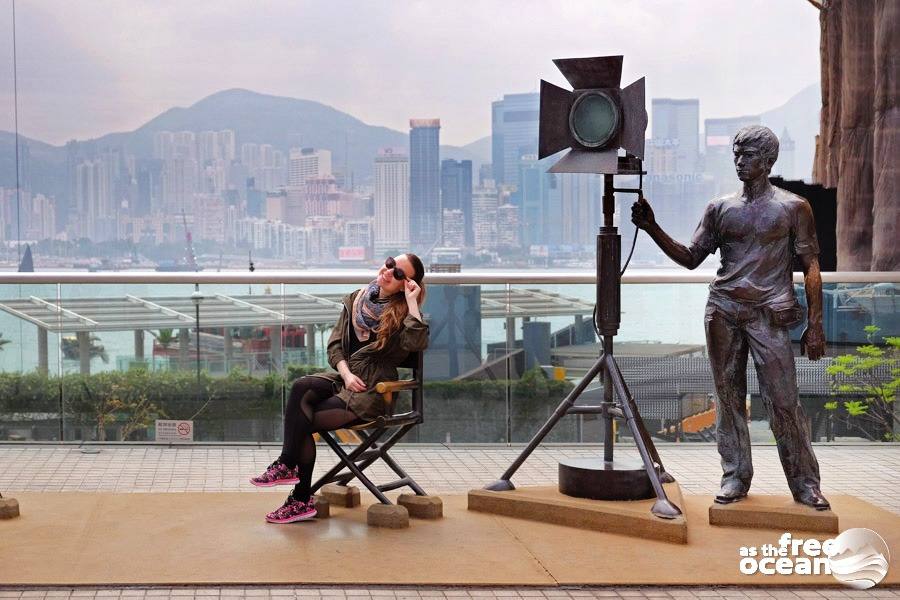
Later in the afternoon, we continued our walk towards the Victoria Harbour, one of the most visited touristic spots, offering a beautiful panoramic view of the city’s skyline.
Lantau Island
Lantau Island is one of the special places in Hong Kong open to tourists, which we decided to visit during our third day. Its main attraction is the giant Buddha, located near the Po Lin monastery. If you are planning to stay for a longer time in Hong Kong, we recommend waking up early and hiking all the way to the monastery. We instead had to fight with flu symptoms that day, so we chose the lazy way and went there with the cable car. The view is truly spectacular as the cable car crosses the waters and the green hills revealing behind them the shape of a 34 meters tall Buddha statue.
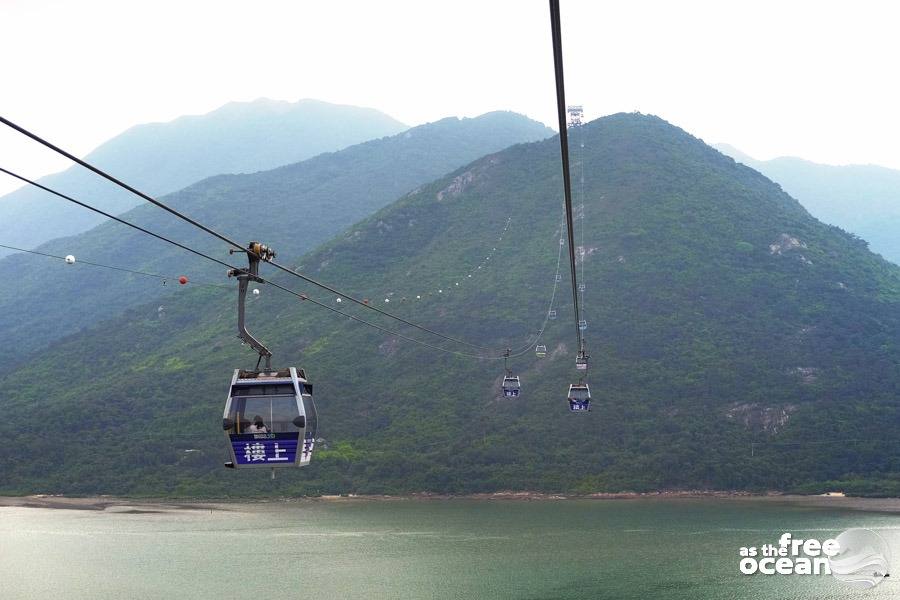
The arrival place felt noisy and crowded with shops, tourists and sacred cows that openly roam the grounds of the Po Lin Monastery. At the end of the shopping area we climbed 268 steps up to the impressive Buddha statue that is watching over the region, surrounded by other six smaller statues known as “The Offering of the Six Devas” that symbolize generosity, morality, patience, zeal, meditation, and wisdom, all of which is believed that are necessary for enlightenment. You can spend an entire day in the area, enjoying walks, taking pictures and having short breaks at the many coffee places in the area.
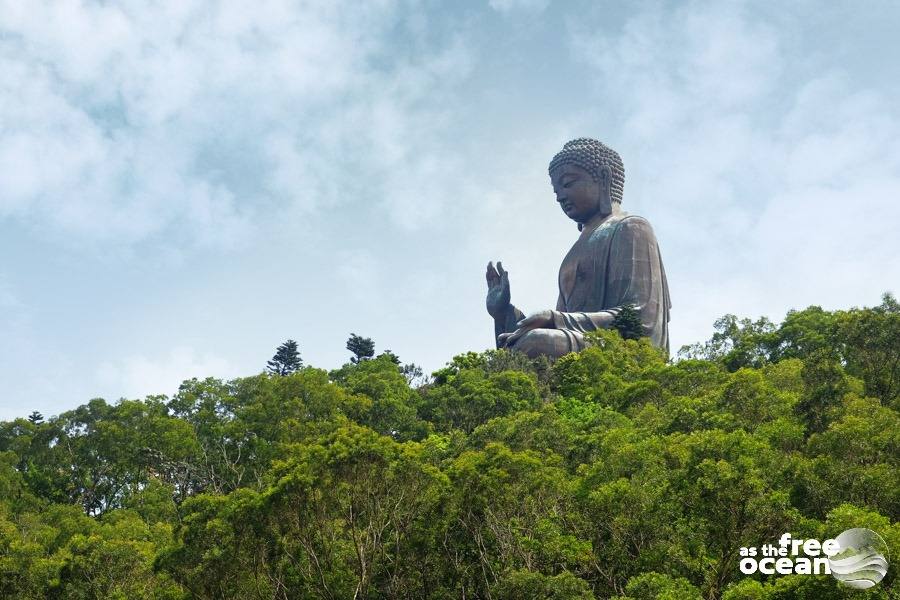
We came back in the evening, just in time to buy a “to go” meal and enjoy our dinner under the lights of the colorful skyline at the Victoria Harbour, where tourists can enjoy the light show every evening at 8:30PM.
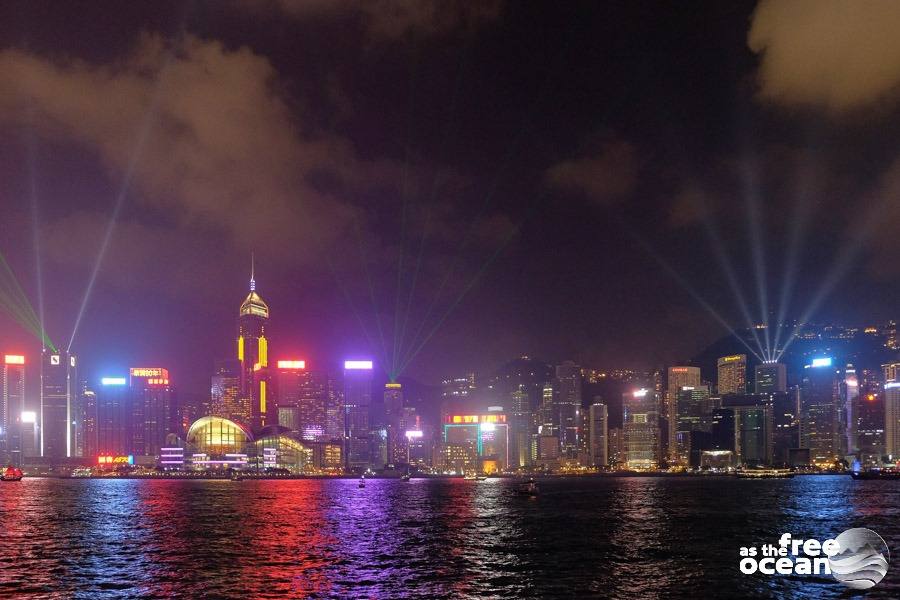
Hiking to Victoria Peak
Our fourth day in Hong Kong started with the decision to discover more of the green parts of the city, which brought us on the path to Victoria Peak. The initial plan was to take the touristic tram towards the peak, but the long queue at the ticket counter made the idea of hiking the path more appealing. It took us around 40 minutes to reach the end of it and the view on top made it feel like an incredible hike that we highly recommend. Restaurants and bars are waiting for visitors with refreshments and a viewing platform is available for a cost, which we didn’t think was worth paying for as most of the views worth seeing are available for free during a relaxing tour around the area.
The fifth day has been quieter. We only went for short walks around and spent some time at a coffee place nearby, in order to prepare the necessary things for the departure on the following day.
We crossed the border
On the morning of our sixth day in Hong Kong, we took the A21 bus to the airport, where we could pick up our passports with the Chinese visa. Later we headed to the bus terminal, from where the bus A43 took us on a 50 minutes ride to the Sheung Shui MTR station, which is the connection point to Lo Wu Station. We chose this transportation option as we needed to return to the airport anyway for the passports and the visa and it has been recommended as the fastest and cheapest from that point. Getting through Hong Kong Immigration building and after walking to the China Immigrations building took us another hour. The Lo Wu checkpoint to enter China can be extremely crowded as it is being chosen by many travelers. On less crowded days the whole process can last less than 20 minutes.
And so we arrived in Shenzhen, where we spent our first night in China and where we found again friendly and helpful people that offered their guidance to the two lost people whose digital map didn’t prove very helpful in the new country.
Shenzhen is one of the best-rated destinations in China, but our visa guaranteed us a stay of only 30 days, so we had to plan carefully our itinerary and give up some of the destinations that were left for another time.
For more pictures from Hong Kong, check out our gallery here.
